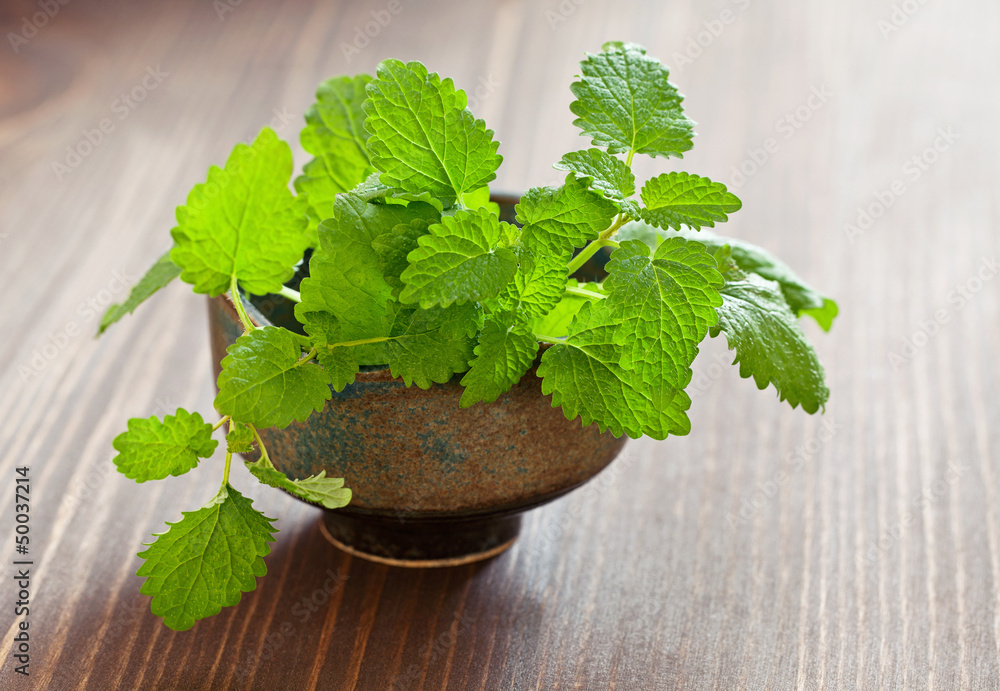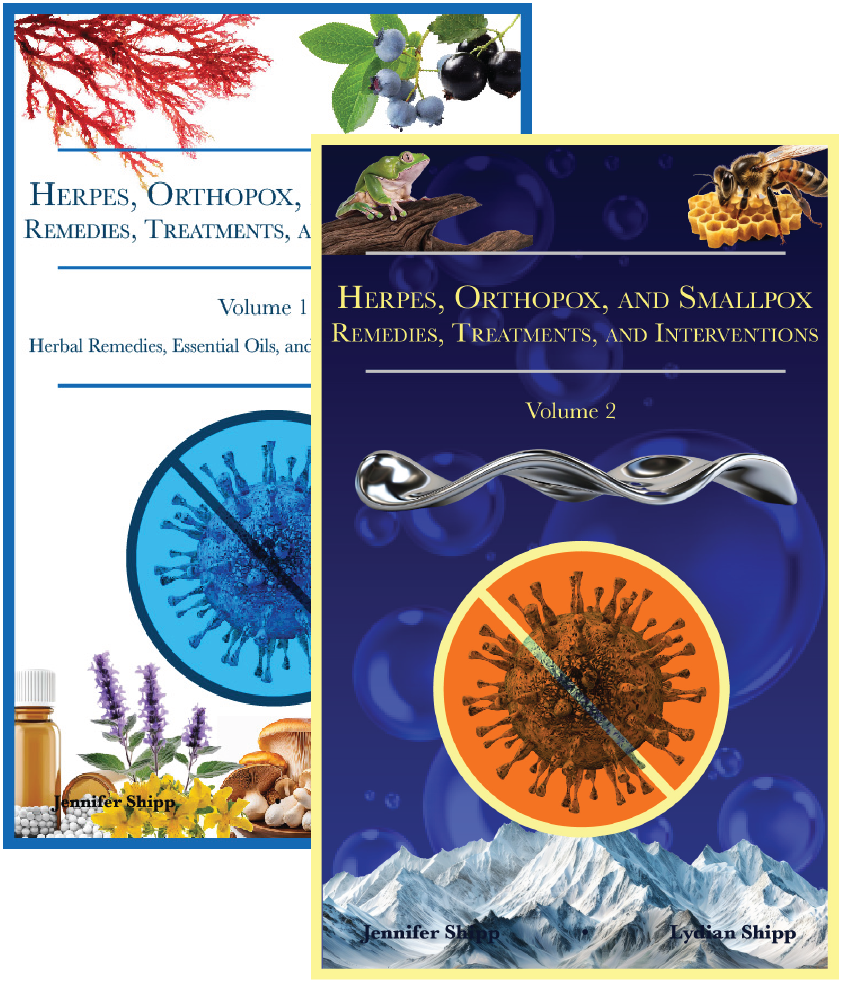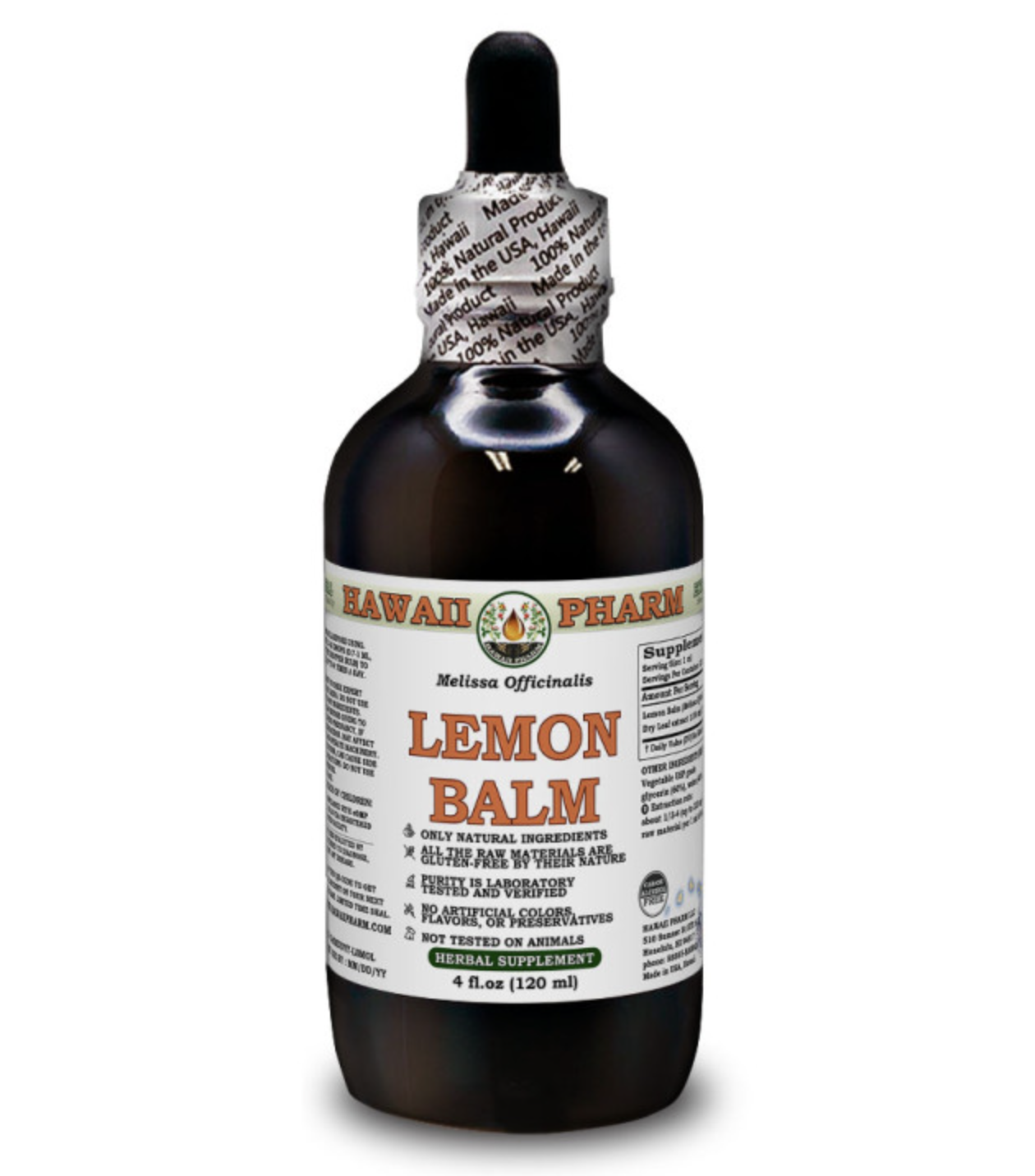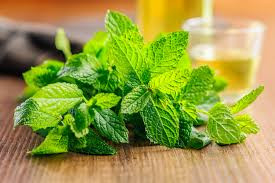 Lemon Balm: An Anti-Herpes Herb Safe for Children and During Pregnancy/Lactation
Lemon Balm: An Anti-Herpes Herb Safe for Children and During Pregnancy/Lactation
Melissa officinalis, otherwise known as lemon balm, is a member of the Lamiaceae / Mint family of plants. Lemon balm, and many other Mint family plants, are safe for use during pregnancy and breastfeeding, as well as in young infants and children. These are very gentle, yet potent, herbal remedies that provide a wide number of health benefits for pregnant/nursing women and for children.
In this article, we’ll specifically discuss the use of lemon balm as a pregnancy-friendly treatment for herpes, but readers should note that lemon balm has also been used as an antiviral treatment for the following viral infections (since this is a safe herb that can be used during pregnancy, breastfeeding, and in children, keep in mind that lemon balm can also be used as part of an herbal protocol to treat the following viral infections during these life stages):
- Influenza
- Aqueous and methanolic extracts of Melissa officinalis are especially effective against Influenza-A strains like H1N1, H5N1, and H3N2. This herbal extract was shown to effectively decrease viral production in vitro.
- HIV
- SARS-CoV-2 (COVID-19)
- Enterovirus-71
- This is the virus behind Hand-Foot-and Mouth disease. The rosmarinic acid in methanolic extracts of lemon balm has been found to effectively prevent EV-71 replication, inhibit infection in attachment and post-attachment stages, and to suppress EV-71 in the body as well as EV-71 induced phosphorylation. Rosmarinic acid may also help prevent cell death in infected human cells.
- Adenovirus
- Newcastle disease virus
Lemon balm’s medicinal benefits for women during the postpartum period are discussed in more depth here. The use of Melissa officinalis as a treatment for gestational diabetes, preeclampsia, and other problems during pregnancy is discussed in this article.

Melissa officinalis: How it Treats Herpes
Scientific Studies on Melissa officinalis as a Herpes Treatment
In one study, lemon balm, peppermint (Mentha x piperita), prunella (Prunella vulgaris), rosemary (Rosmarinus officinalis), sage (Salvia officinalis), and thyme (Thymus vulgaris), all members of the Lamaiaceae family, were tested against HSV-1 and HSV-2. Researchers found that extracts of all of these plants were able to inhibit infection with both types of herpes virus, including acyclovir-resistant strains. The herbs were effective primarily before infection, or before viral entry into host cells; they didn’t have an effect on intracellular viral replication, though they do also help reduce plaque formation. Thus, the researchers in this study proposed that any of these herbs may be effective as a topical treatment option to relieve lesions caused by the herpes virus.Against HSV-1 infections in particular, extracts of Melissa officinalis may inhibit viral protein synthesis as a main mechanism of action against the herpes virus. Lemon balm’s primary actions against HSV (including acyclovir-resistant HSV strains) may also include the herb’s ability to prevent viral attachment and penetration of host cells through direct interactions with the HSV virus’s glycoproteins (gB and gD).
Other in vivo studies in over 200 patients have found that topical application of lemon balm leaf extracts do effectively treat herpes outbreaks, in addition to potentially offering protection from infection in some cases. This research also confirmed in real patients that Melissa officinalis is most likely to work as an anti-herpes treatment in the early stages of infections.
Lemon Balm Essential Oil for Herpes
The main medicinal constituents in Melissa officinalis essential oil are citronellal, citral-a, and citral-b, all monoterpene aldehydes. The oil also contains monoterpenes, sesquiterpenes, triterpenic acid, bitter principles, and flavonoids.The essential oil of lemon balm possesses anti-herpes effects, and is effective as a treatment against both HSV-1 and HSV-2, just like other plant extracts. In vitro, plaque formation of these viruses was inhibited by 98.8% in HSV-1, and by 97.2% in HSV-2, with higher doses of the oil showing complete abolition of viral infectivity. Although the regular plant extracts and the essential oil are both effective in the treatment of HSV-1 and HSV-2, the essential oil poses a better topical treatment option due to its lipophilic nature and ability to penetrate the skin. Lemon balm essential oil is also known to have a high selectivity index, meaning that it is highly nontoxic to healthy cells (and therefore very safe).
A different study found that lemon balm essential oil inhibited HSV-2 viral replication in HEp-2 cells even at a dose lower than 100mcg/mL. Up to this dose concentration, lemon balm essential oil was found to be nontoxic to healthy cells; above this concentration, it did exhibit mild toxicity.
 Buy Lemon Balm Essential Oil Here.
Buy Lemon Balm Essential Oil Here.
Topical Combination Treatment for Herpes Zoster Lesions
NOTE: For women who are pregnant or breastfeeding, the following herbal combination treatment should be administered with a few modifications. All of the herbal extracts below can safely be used during pregnancy and lactation, especially as topical treatments, except Purple Pitcher Plant and Siberian Ginseng, which should be removed from this protocol.Lemon balm extract, in combination with other choice herbal extracts, has been shown to effectively reduce pain and healing time of herpes zoster lesions. In fact, the topical application of these extracts can reduce healing time by up to 50% (the average lesion healing time is 30 days, but with these extracts, this can be reduced to only about 14 days). This herbal combination treatment can also prevent and treat postherpetic neuralgia caused by herpes zoster infection.
Below is the list of herbs included in this topical combination treatment:
- Purple Pitcher Plant (Sarracenia purpurea) - 25%
- Lavender (Lavandula officinalis) - 10%
- Lemon Balm (Melissa officinalis) - 6%
- Siberian Ginseng (Eleutherococcus senticosus) - 4%
- Licorice Root (Glycyrrhiza glabra) - 2.5%
- St. John’s Wort (Hypericum perforatum) - 2.5%
In the case study described, a 26-year-old woman with severe, burning abdominal and back lesions caused by herpes zoster applied this herbal extract combination daily. 6 days after starting treatment, her lesions had completely disappeared. Within 14 days, the lesions were completely recovered. She experienced no side effects from this treatment.
Note that, in this case study, the herbal extracts above were combined with Versabase gel. Instead of using Versabase, aloe vera or coconut oil can be used instead (in this case, since the above should be herbal extracts, not essential oils, aloe vera may be preferable to coconut oil). If you choose to use aloe vera, make sure to make small batches of this medicine that you’ll use in 5-7 days, and store the gel in the fridge in between uses.
 Support our outside vendors - Buy Hawaii Pharm's Lemon Balm tincture here.
Support our outside vendors - Buy Hawaii Pharm's Lemon Balm tincture here.
How to Use Lemon Balm to Treat Herpes
Melissa officinalis is a common herb with many different preparations. It can be taken internally as a tea, in capsule form, or as a tincture or extract, or it can be applied topically as a poultice or essential oil. Below are some dosing suggestions for adults (including pregnant and breastfeeding women).- Lemon Balm Tea - Start with a dose of 1.5-4.5 grams of dried lemon balm leaves in boiling water. Steep for at least 10 minutes. Drink up to 4 times per day. Women who are pregnant can take a dose of 2-12 grams per day (always start with the lowest dose, and stop when you reach a dose that’s effective).
- Lemon Balm Capsules - Take 300-500mg of lemon balm leaf in capsule form up to 3 times daily, or take this dose on an as-needed basis.
- Lemon Balm Tincture - Take up to 60 drops of standardized lemon balm tincture/extract each day. This can be taken all at once, or it can be divided into separate doses depending on your personal preference. Take directly into the mouth or add to water to make the medicine more palatable. A dose of 2-15mL of tincture or extract can be taken during pregnancy.
- Lemon Balm Topical Application - For the treatment of herpes outbreaks on the skin lemon balm can be applied topically. Steep 2-4 teaspoons of dried Melissa officinalis leaves in 1 cup of boiling water for 10-15 minutes. Let this cool, then strain. Use a cotton ball or something similar to carefully apply the infusion directly to the affected area throughout the day.
- One study utilized a special cream, Lomaherpan, to treat genital herpes outbreaks. This cream included lemon balm extract, peppermint extract, and lysine. Rather than buy this conventional preparation (which also has other undesirable ingredients), patients can make their own cream at home using a base of coconut oil, cocoa butter, or shea butter.
- Lemon Balm Essential Oil - Melissa officinalis essential oil should be diluted with a carrier oil like coconut oil or apricot kernel oil before application. The essential oil should only be applied topically and should NOT be taken internally. It can be applied directly to herpes lesions, or alternatively, to the base of the spine (this is one area where the herpes virus is said to “live”, dormant, in the body).
While you can use whichever internal herbal form that you have access to or prefer, readers should note that lemon balm tea and/or hot water extracts are generally the most effective in treating viral infections like herpes, since these release and activate rosmarinic acid and other antiviral compounds from the herb.
Individuals with hypothyroidism should note that lemon balm may, in some situations, lower thyroid hormone levels. If you take lemon balm and notice changes in your thyroid hormone levels, consider first following the Lugol’s Iodine Protocol; make sure to take the supportive nutrients in this Protocol for 2 weeks prior to beginning supplementation with iodine. After starting this protocol, you may then be able to take lemon balm without experiencing any negative changes in thyroid balance.
Resources:

 Buy Lemon Balm Capsules Here.
Buy Lemon Balm Capsules Here.







